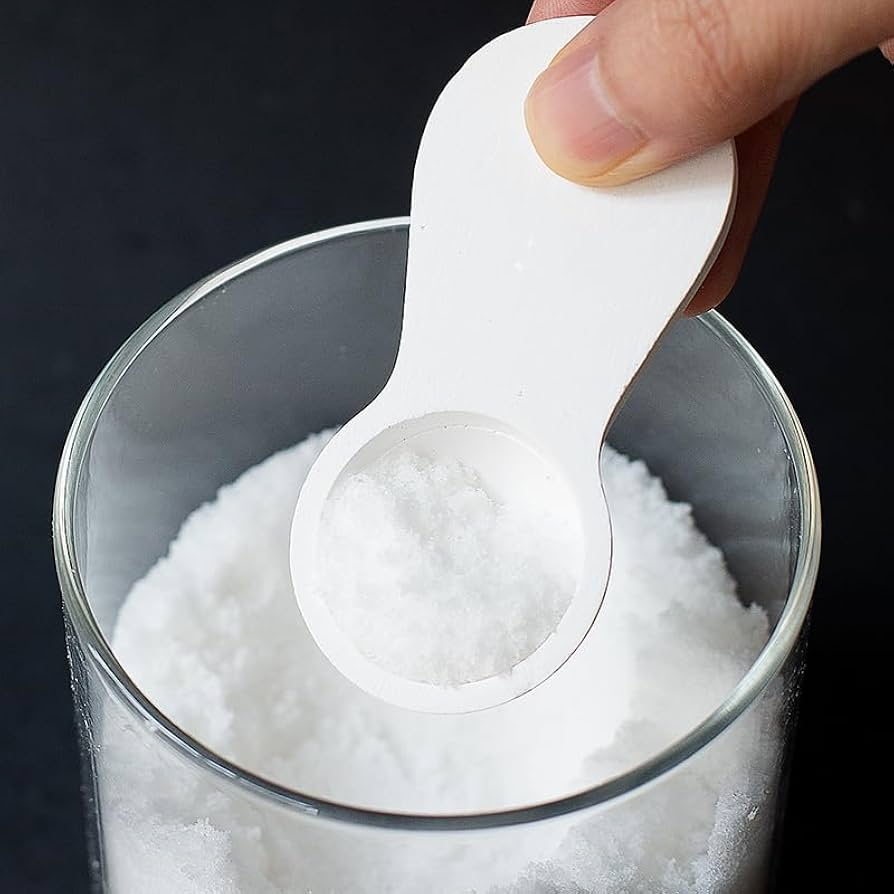General Science – Chemistry
Isotopes and Allotropes
Elements are pure chemical substances consisting of one type of atom. Elements can be metals, metalloids or non-metals. Examples: carbon, oxygen (non-metals), silicon, arsenic (metalloids), aluminium, iron, copper, gold, mercury, and lead (metals). As of now, 118 elements have been ..
Acids and Bases
The term acid is derived from the Latin word acidus meaning sour. Bases are bitter in taste. An acid is a substance that has the tendency to lose a proton and a base is a substance that has the tendency ..
Endothermic and Exothermic Reactions
The chemical reactions which proceed with the evolution of heat energy are called exothermic reactions. Heat evolved is expressed in Joules (J) or kilo Joules (kJ). All combustion reactions are exothermic. These reactions proceed with the evolution of heat energy. ..
Factors Affecting Rate of Chemical Reactions
The rate of a chemical reaction is defined as the change in the concentration of the reactant or product per unit time. The Factors affecting the rate of reaction are summarized as below: Concentration of Reactants The rate of reaction ..
Physical Change and Chemical Change Examples
In a physical change, substances don’t change; only their molecules are rearranged. No new substance is formed in a physical change. In Chemical Change, a chemical reaction takes place and new substances are formed. Such reaction either takes energy or ..
Atomic Number, Mass Number, Atomic Mass, Molecular Mass and Mole
Atomic Number is the number of Protons in nucleus of an Atom. Mass number of an element is the number of nucleons viz. Neutrons and Protons. The atomic mass number is represented by a super index in left side such ..
States of Matter
Matter can exist in at least four fundamental states viz. solid, liquid, gas and plasma. There are other states also such as Bose–Einstein condensate, quark-gluon plasmas etc. which don’t exist in our natural environment. Basic difference between Solid, Liquid and ..
Copper & Brass cleaning by Vinegar
Copper is a metallic element; brass is an alloy or mixture of the metallic elements copper and zinc. The surfaces of copper and brass items tamish with prolonged exposure to air, particularly in moist environments with high carbon dioxide (CO2) ..
Free Flowing Salts and Desiccants
Calcium silicate (CaSiO3), a commonly used anti-caking agent, added to e.g. table salt, absorbs both water and oil. This white powder has the incredible ability to absorb liquids and still remain a flee-flowing powder. In general, calcium silicate absorbs 1 ..
Ice Cubes are Cloudy on the Inside
Water contains both dissolved gases (e.g., oxygen) from the atmosphere and dissolved minerals (e.g., calcium and magnesium salts). The presence of these substances affects the temperature at which water freezes. Pure water freezes at 0~ water with dissolved gases and ..


